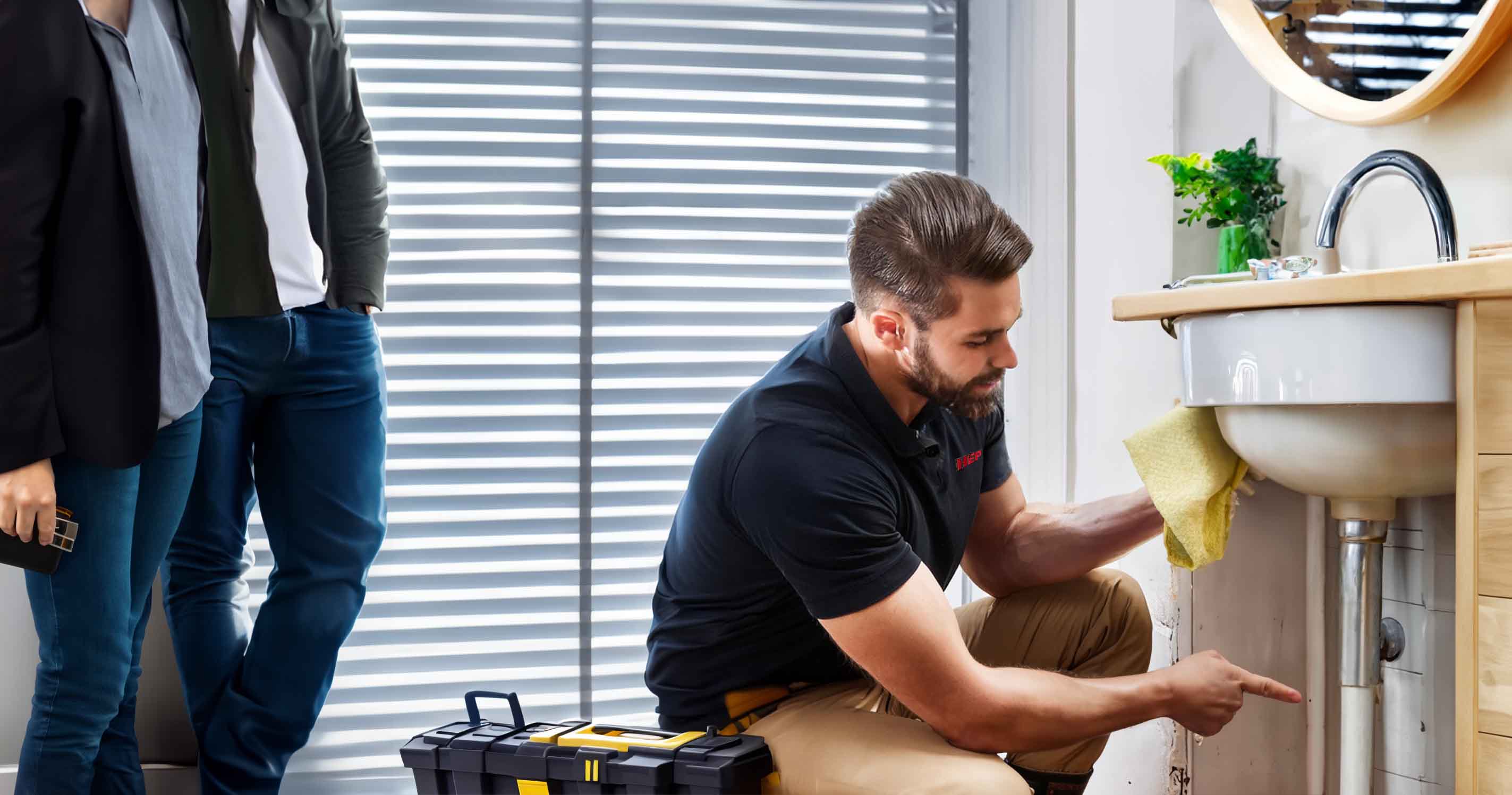

Advanced Filtration Techniques
Your trusted partner for professional home services. Quality workmanship, guaranteed satisfaction.




- HEP
- Advanced Filtration Techniques
Advanced Filtration Techniques | Water Purification | Plumbing | Newcomb
From the moment Newcomb’s crystal-clear mountain runoff meets the pipes in your home, HEP’s advanced filtration techniques get to work, stripping away sediments, heavy metals, and microscopic contaminants that ordinary systems miss. Our multi-stage cartridges, eco-friendly membranes, and smart-sensor backflushing ensure a steady flow of fresh, flavorful water without wasteful filter swaps or complicated maintenance. It’s science you can taste—right from the kitchen tap.
Homeowners, cafés, and craft breweries across town trust us for reliable plumbing installs, prompt service, and, above all, proven water purification results. Whether you’re filling baby bottles, brewing the perfect espresso, or scaling up a production line, HEP delivers purity, efficiency, and peace of mind—so every drop in Newcomb lives up to its pristine surroundings.
FAQs
What specific contaminants can advanced filtration systems remove from Newcomb’s municipal and tank-fed water?
Our multi-stage systems are designed to target the most common local contaminants, including chlorine, chloramines, sediment down to 0.5 µm, rust, sand, dissolved heavy metals (lead, mercury, copper), agricultural pesticides, herbicides, nitrates, PFAS, micro-plastics, and objectionable tastes and odours. When paired with optional UV or ultrafiltration modules, they can also achieve 99.99 % reduction of bacteria, viruses and cysts such as Giardia and Cryptosporidium—an added benefit for households that rely on rainwater tanks or bore water around Newcomb.
How does a multi-stage filtration system actually work?
We typically install a three- to five-stage setup: 1. Sediment pre-filter: A pleated or spun-poly filter traps large particles (5–20 µm) to protect downstream media. 2. Carbon or KDF media: Granular activated carbon removes chlorine, chloramines, VOCs and improves taste; KDF redox alloy captures heavy metals and suppresses bacterial growth. 3. 0.5–1 µm carbon block: Polishes water, eliminates remaining chlorine and fine sediment, and filters out micro-plastics. 4. Optional reverse osmosis or ultrafiltration membrane: Removes dissolved salts, nitrates, fluoride and up to 99 % of total dissolved solids. 5. Optional UV sterilisation: Provides final disinfection without chemicals. Water flows sequentially through each stage, so every contaminant class is addressed without compromising flow rate.
How often do the filters need to be changed and what does maintenance involve?
In Newcomb’s water conditions, sediment and carbon cartridges usually require replacement every 6–12 months or 10,000–15,000 L, whichever comes first. Reverse osmosis membranes last 3–5 years, and UV lamps are replaced annually. A standard service visit (about 45 minutes) includes a pressure test, sanitising housings, flushing lines, checking for leaks, and recording filter change dates. We offer maintenance plans from $110–$180 per year, which cover labour, consumables and 24/7 support.
Does a reverse osmosis (RO) system waste a lot of water?
Modern RO systems we install use high-efficiency 1:1 or 2:1 permeate-to-waste ratios, meaning only 1–2 litres of rinse water are produced for every litre of purified water—far better than older 4:1 units. The rinse water can also be diverted to a garden or grey-water tank. For homes concerned about conservation, we can integrate a permeate pump or switch to a pressure-assisted ultrafiltration unit that has virtually zero waste.
Are these filtration systems compliant with Australian standards and local regulations?
Yes. All housings, cartridges and UV reactors carry WaterMark certification (AS/NZS 3497), and RO tanks are BPA-free and NSF 61 compliant. Our installations adhere to AS/NZS 3500 plumbing codes, and we lodge a Certificate of Compliance with the Victorian Building Authority for every job in Newcomb. This ensures your warranty, insurance and council requirements are met.
How do I choose the right filtration setup for my household or business?
Start with a free onsite water test and usage audit. We measure total dissolved solids, chlorine/chloramine levels, hardness, pH and flow requirements. For city mains users seeking taste improvement, a twin carbon system is usually sufficient. Tank or bore users may need sediment + carbon + UV. For health-sensitive occupants (e.g., immunocompromised) or specialised applications like aquariums, we recommend adding RO or de-ionisation stages. We then factor in budget, space constraints and desired flow rate to propose a tailored package, complete with operating cost projections and a five-year parts and labour warranty.